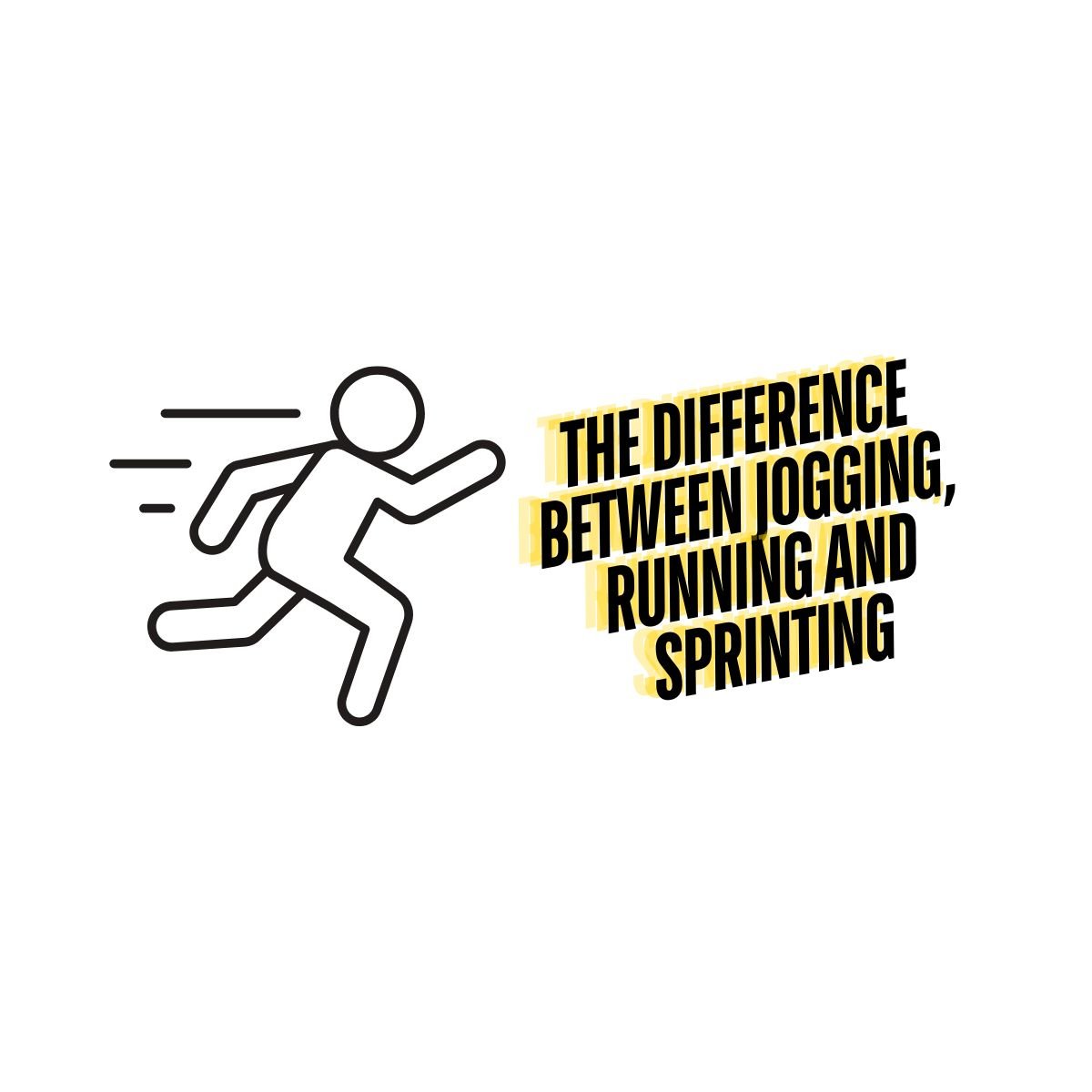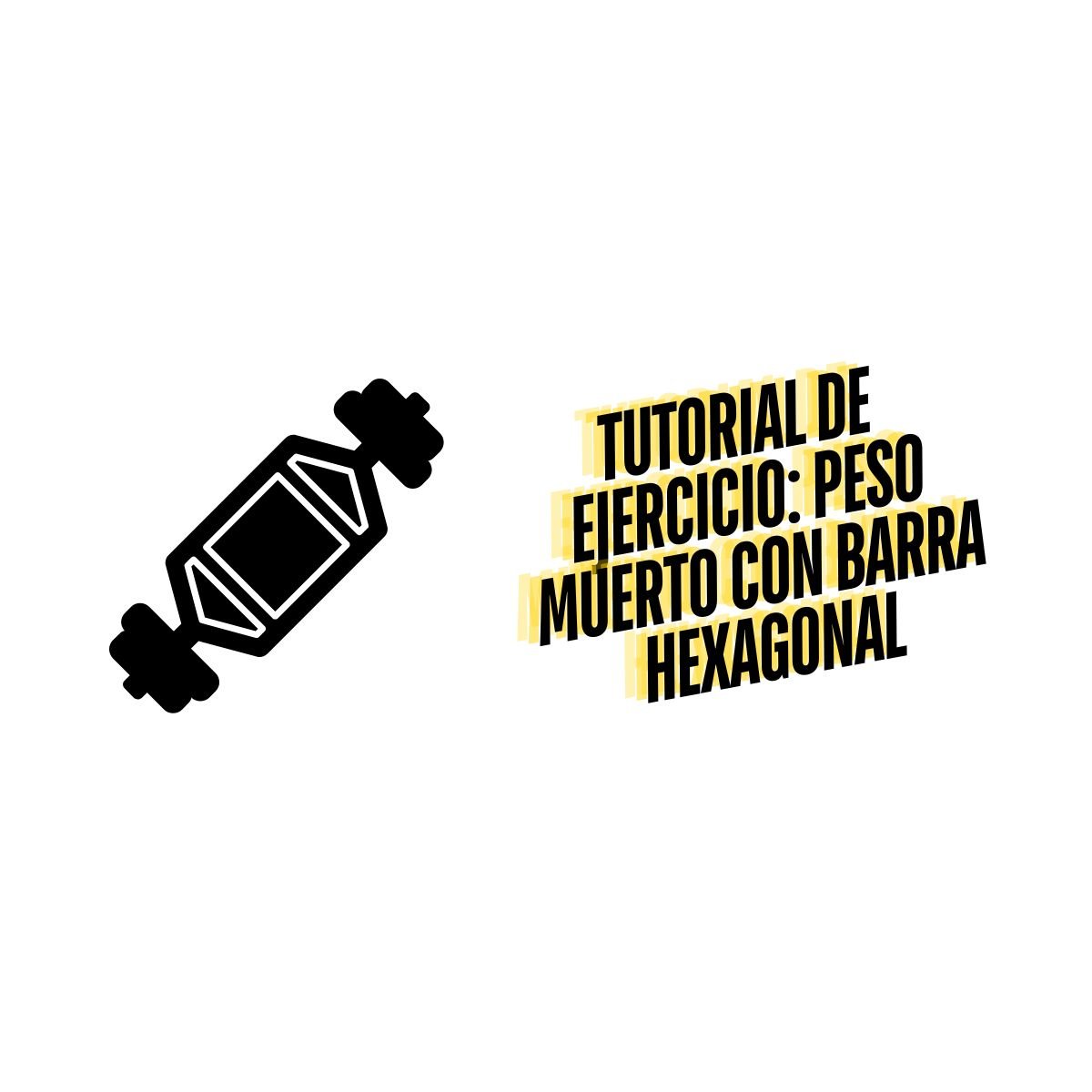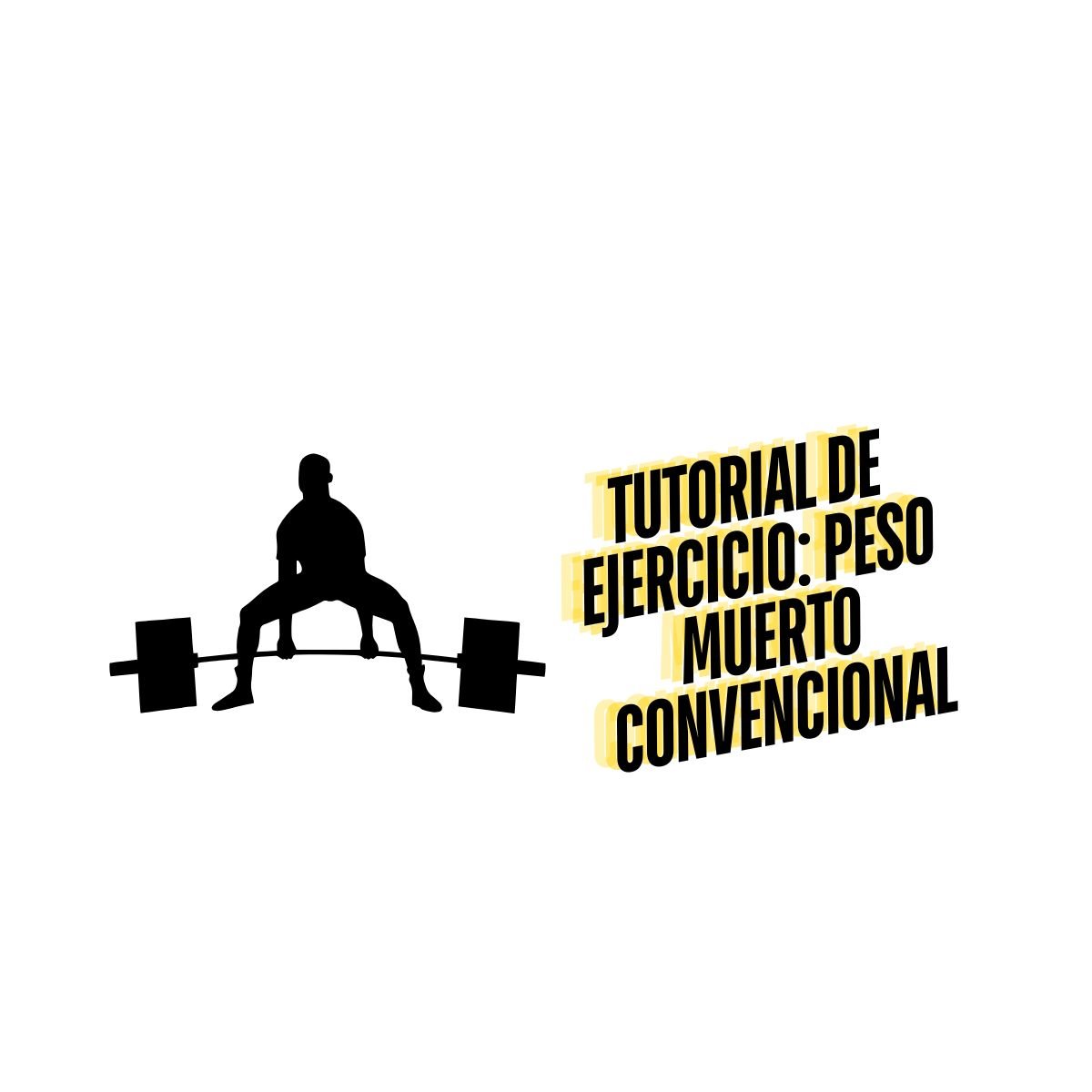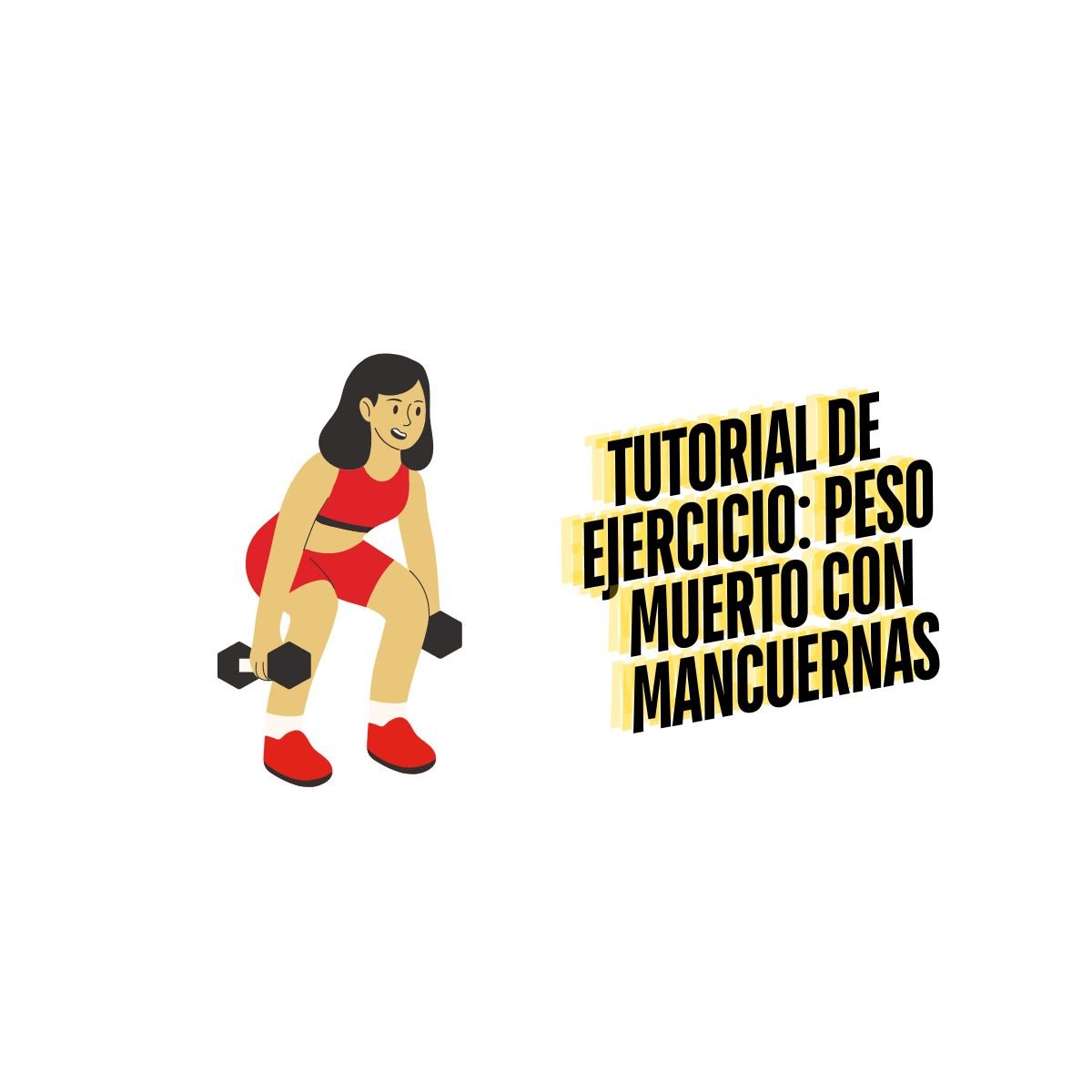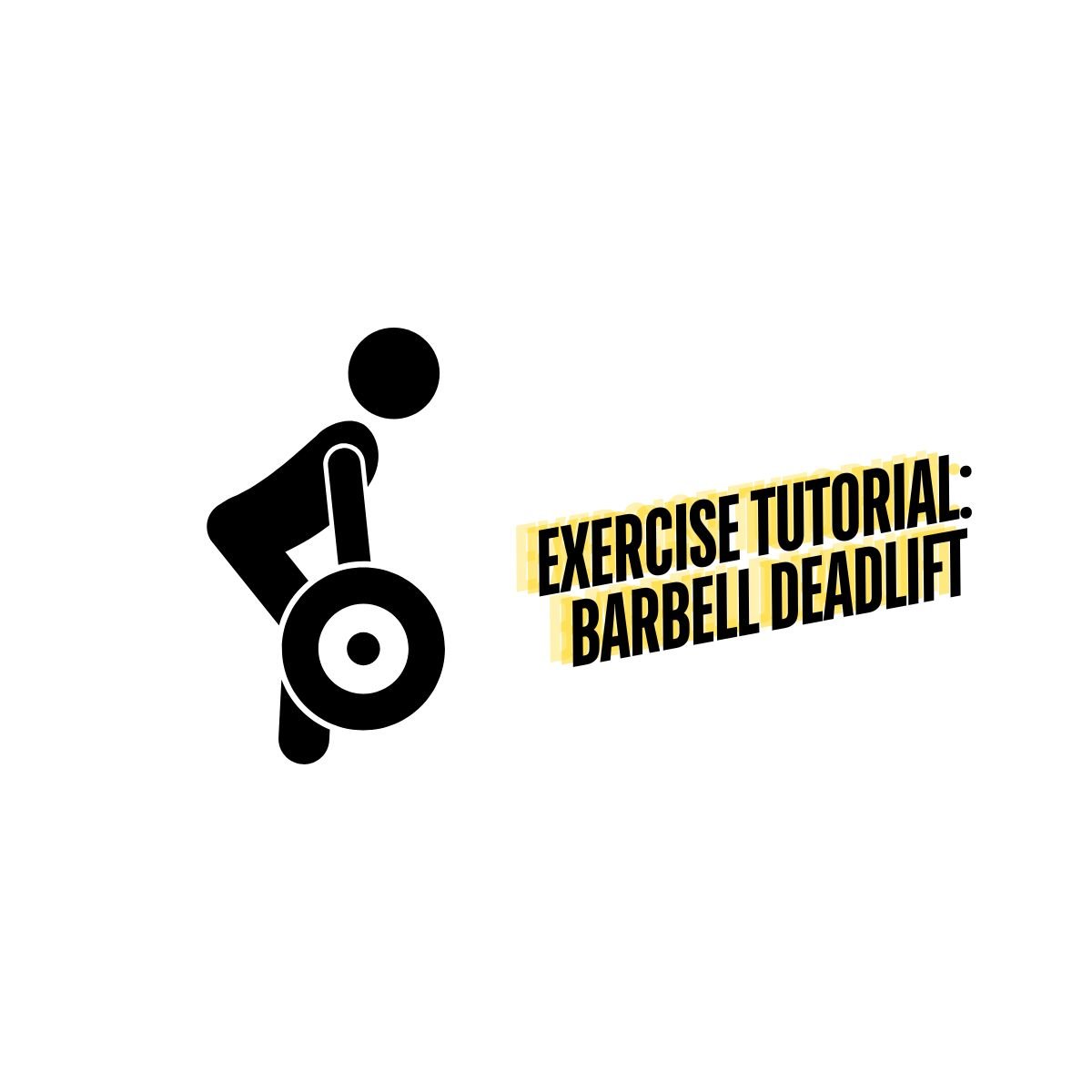Scapular Dyskinesis | SICK Scapula
What Is Scapular Dyskinesis?
Scapular Dyskinesis (also referred to as SICK Scapula) can be defined as the abnormal movement of the scapula (shoulder blade) from its normal position. It is a broad term that encompasses disorders of the scapula that result in the alteration from the scapula’s normal resting position. Any small abnormality can cause minor to significant pain in the shoulder. It is important to understand the signs and symptoms of Scapular Dyskinesis, and what an appropriate course of treatment is for yourself so you can safely return to your everyday activities.
What Is SICK Scapula?
SICK Scapula is an acronym that stands for Scapular Malposition, Inferior Medial Border Prominence, Coracoid Pain and Malposition, and Dyskinesis of Scapula Movement. It is a specific term relating to an injury from overuse and fatigue of the muscles that stabilize the scapula. Scapular Dyskinesis is the result of SICK scapula and is the inability of the scapula to move properly.
Scapular Dyskinesis Causes
Many muscles attach to the scapula, which is responsible for 6 different types of movement! Any small change in normal movement can contribute to rotator cuff damage. Causes of Scapular Dyskinesis can arise from weakened muscles from underuse, muscular imbalances, injury to the muscle or nerve supply, and overuse or repetitive motions such as throwing.
The risk of Scapular Dyskinesis can increase with sports involving overhead activity, loose joints, previous shoulder injury, poor muscular strength, throwing, and kyphosis.
Scapular Dyskinesis Symptoms
Common symptoms of Scapular Dyskinesis include shoulder pain and tenderness, snapping or popping of the shoulder, loss of strength, asymmetrical posture, scapular winging or instability of the shoulders. As soon as these symptoms arise, talk to your doctor to avoid further injury.
Scapular Dyskinesis Treatment
Treatment for Scapular Dyskinesis varies depending on the extent of your abnormality. Initially, mild cases can be treated through ice, physical therapy, and stretching and strengthening exercises. Modifying activity and possibly taking time off is also beneficial to the healing process. Your doctor will tell you what method(s) of treatment will be best for you.
Medication is also a treatment option for pain associated with Scapular Dyskinesis. This includes non-steroidal anti-inflammatory medications such as ibuprofen. Additionally, cold compresses help to reduce pain, and warm compresses can be used before stretching.
Scapular Dyskinesis Test
Scapular Dyskinesis can present itself on a scale from very subtle to very dramatic in appearance. Your doctor will be able to perform the appropriate tests to determine a specific diagnosis, such as Winged Scapula. These tests can involve visual observation, manual muscle testing, and corrective maneuvers. Corrective maneuver tests include the Scapular Assistance Test (SAT) and the Scapular Retraction Test (SRT).
Scapular Dyskinesis Surgery
Since Scapular Dyskinesis is an umbrella term for scapular disorders, surgery is most likely not necessary unless your doctor has given you a specific diagnosis for your condition. In most cases, Scapular Dyskinesis can be corrected with proper exercises to restore mobility, stabilize the scapula and strengthen the muscles surrounding both the glenohumeral and scapulothoracic joints.
Scapular Dyskinesis Rehab
Most mild cases of Scapular Dyskinesis can be improved through exercise and rehabilitation. This therapy can last 4-8 weeks depending on the severity. In more significant conditions, surgery may be required to correct the muscles that are not functioning correctly. Talk to your doctor to find out what options are best for you.
Scapular Dyskinesis Exercises
Scapular Dyskinesis can be prevented by ensuring that a proper warm-up is completed before overhead sports and performing general stretching and strengthening exercises regularly. Any exercises that work on scapular stabilization or target the muscles of the upper back are beneficial to avoid Scapular Dyskinesis. Check out our articles on Winged Scapula and Scapulohumeral Rhythm to learn about specific exercises for these conditions.





